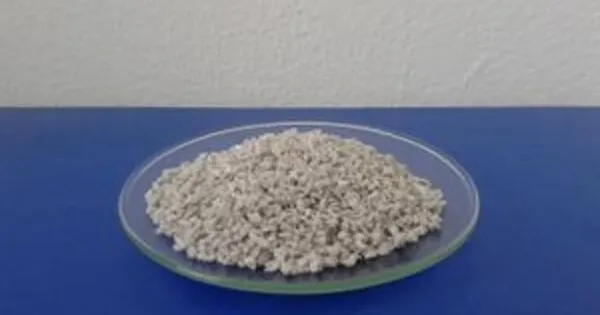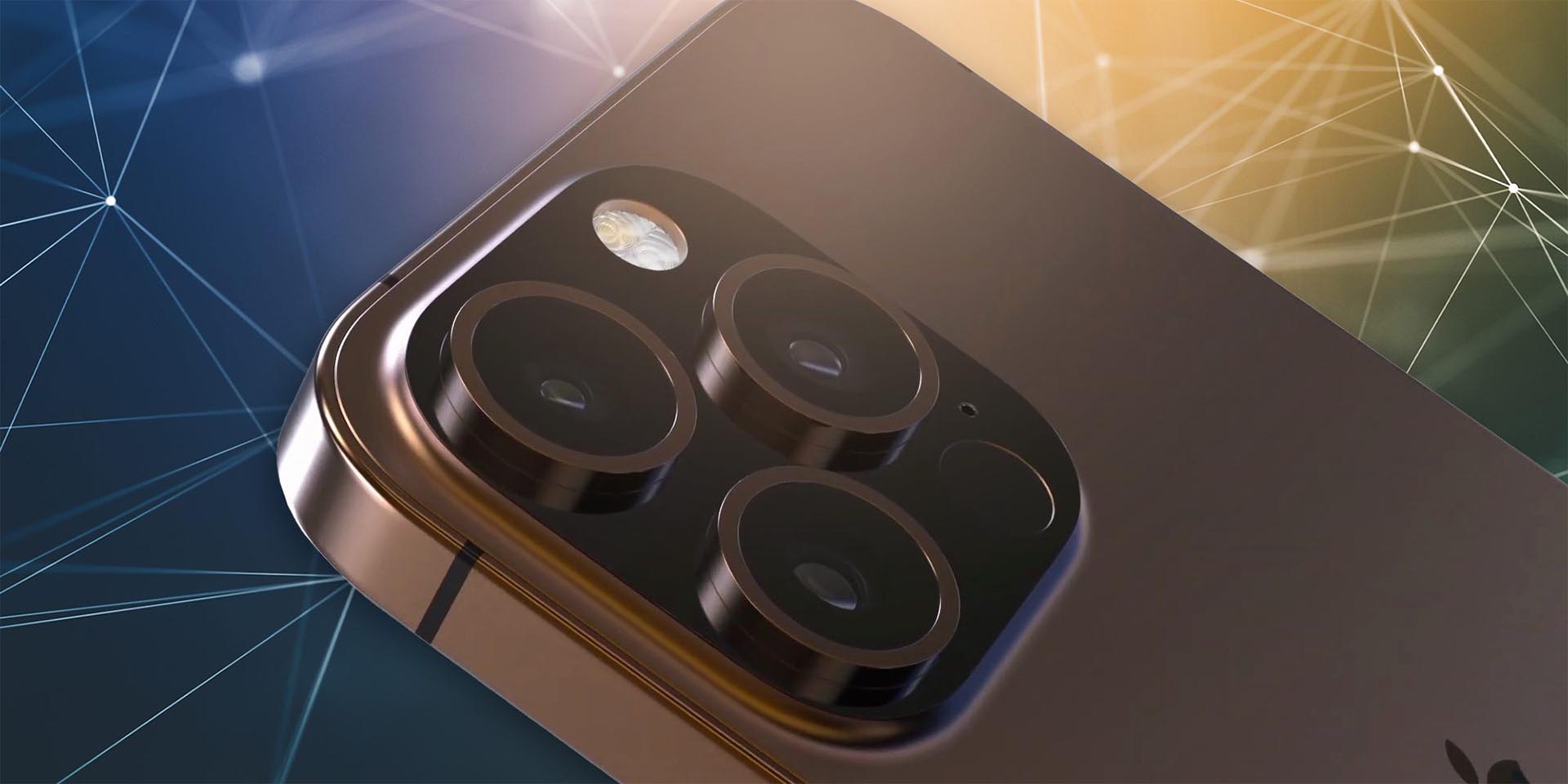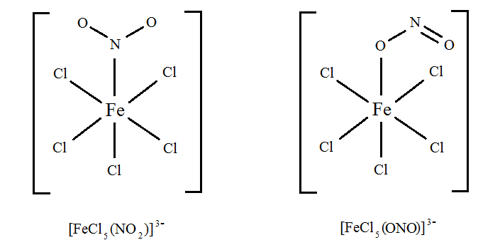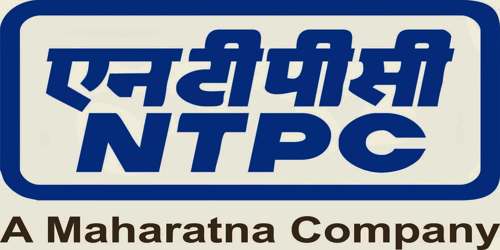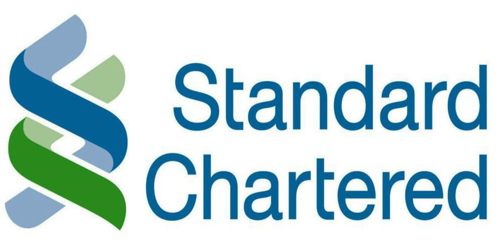A boiling chip, boiling stone, or porous bit anti-bumping granule is a small, irregularly shaped piece of substance added to liquids to help them boil more smoothly. It is a small, insoluble, heat-resistant object that is added to liquids to facilitate even boiling and prevent bumping or overheating. Boiling chips are widely used for distillation and heating. When a liquid becomes extremely hot, a particle of dust or a stirring rod can create severe flash boiling.
Boiling chips provide nucleation sites, allowing the liquid to boil smoothly without overheating or bumping. Bumping can occur when the liquid becomes superheated and then quickly and forcefully boils, perhaps resulting to splattering or loss of the liquid.
Boiling chips serve as nucleation sites for the creation of bubbles during boiling. These locations help to start boiling at a lower temperature, lowering the risk of overheating. Porous stones, glass beads, and ceramic chips are often used materials for boiling chips. The choice of material is determined by its chemical compatibility with the liquid being boiled.
When utilizing boiling chips, it is critical that they are clean and devoid of pollutants that could introduce impurities into the solution. Boiling chips are often used in laboratories, especially during distillation or other operations that need exact control of boiling.
Use
Boiling chips should not be put to liquid that has already reached its boiling point, since this could result in flash boiling. Boiling chips should not be used in cooking unless they are food-safe.
The structure of a boiling chip collects liquid while in use, therefore they cannot be reused in laboratory settings. They also don’t perform well in vacuum; if a solution is boiling in vacuum, it’s essential to stir it regularly.
